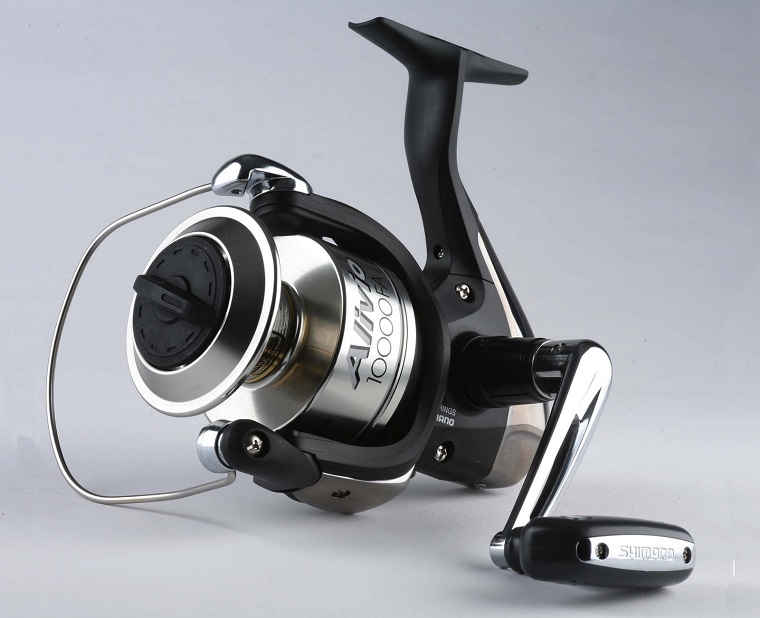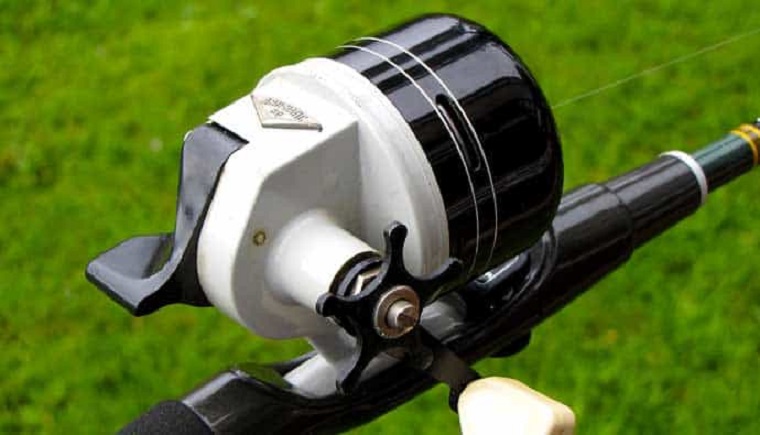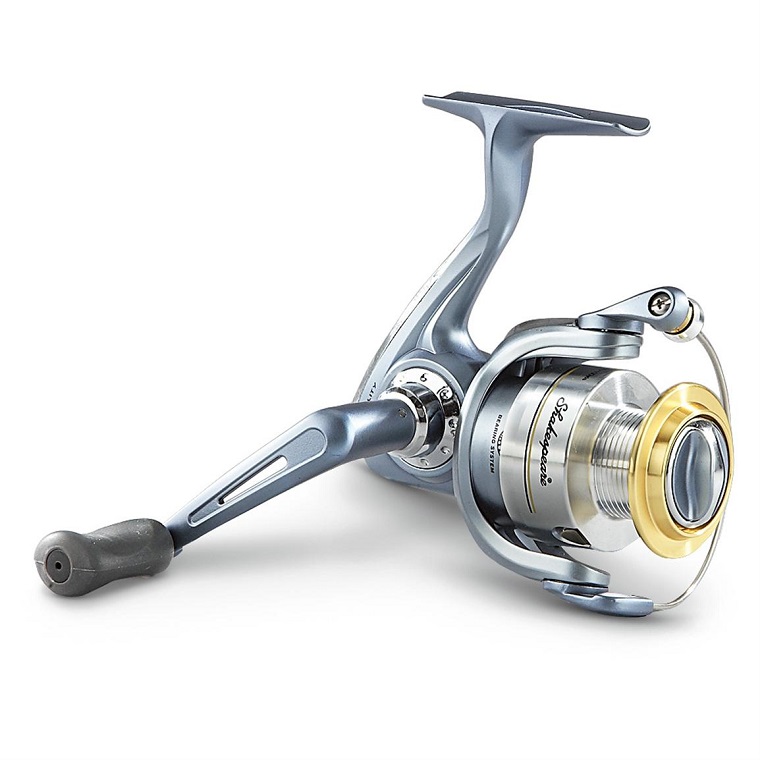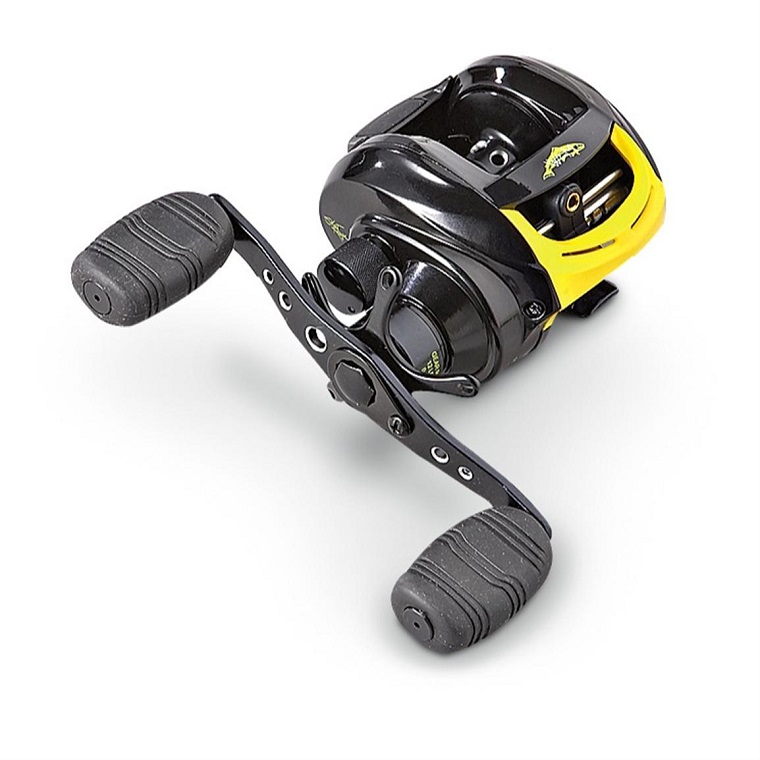Sports & Travel
Benefits of Using the Right Fishing Reel & the Different Types

If you’re new to fishing, the vast number of fishing reels available can be straight out confusing. Choosing the right reel for fishing has been a dilemma for thousands of years, and any seasoned angler will tell you that making the right choice can be the difference between having a successful day on the water and going home disappointed. Luckily, the internet is a pool of information just waiting to be fished, and this article is your big game catch. Let’s take a look at the different types of reels, their benefits and shortcomings.
Spincast Reels

These reels are the simplest type of reel for fishing by far. Their design is basic, making them ideal for inexperienced anglers on a budget. While you may not see them as much these days, they used to be all the rage just a few decades ago. These reels come with a metal nose cone that conceals all the important parts of the reel. They feature a button on the back that’s used to toggle the line between locked and free-spool. Additionally, they feature a drag adjustment mechanism that allows you to adjust the amount of resistance the fish feels when you’re pulling on the line. The drag is typically on the side of the reel or right next to the reel handle.
Casting these reels is very simple. Just press the spool control button, swing and release. Once the button is released, the line will fly right where your rod tip is pointed. When you want to stop the line, press the button once again.
The main benefits of using a spin cast reel are that it’s extremely simple to use and it doesn’t cause line tangles. Additionally, it’s the cheapest type. Since most anglers start off with a spincast reel, it holds a dear spot in most anglers’ hearts. On the downside, the close-faced design makes it so debris and water stay inside the reel, which can damage it, and most spincast reels have limited casting range and aren’t as accurate as other types.
Spinning Reels

Spinning reels are the most popular reel for fishing today. They’re slightly more complicated to use than spincast reels, but they’re far more efficient and durable. Newbie anglers won’t have trouble using one, and experienced anglers won’t fish without one. These reels feature an open-face design, and the drag adjustment is on top. They come with a metal bail whose purpose is to prevent the line from unspooling and to lock it. The bail also guides the line back evenly into the spool. Spinning reels attach to the rod from below, which promotes a natural holding position and balance when casting.
In order to cast a spinning reel, all you have to do is disengage the ball and squeeze the line against the rod to prevent it from unspooling. Then, just swing the rod from overhead or the side, and release the line halfway through the motion. A lot of people make the mistake of reengaging the bail after they’ve cast the reel, as most spinning reels close the bail by themselves. The first spin can cause the line to miss the spool and you’ll end up with a tangled line.
The main benefit of these reels is their capability and ability to work with smaller baits and lures, making them a great choice for a wide range of species and habitats. They also feature powerful, yet thin braided lines, allowing for some serious pulling power. On the downside, you have to be really careful when handling the bail, otherwise, you can easily end up with nasty line tangles and twists.
Baitcasting Reels

Baitcasting reels are the most advanced type of fishing reel, and they’re most commonly used by experienced and professional anglers, as they’re unmatched in both precision and power. These reels feature far more moving parts, which is why they have a learning curve. Once you’ve mastered them, however, they’ll take your game to a whole other level. Baitcasting reels sit on top of the rod handle, feature a semi-enclosed design and the drag mechanism sits on top of the reel handle. Additionally, these reels have two components – a spool tension knob and a braking system that allow for more customisation and performance. These two components allow you to adjust how quickly the line goes out the reel, allowing you to throw it as far as you want to.
Since baitcasting reels don’t have a bail, you need to press the thumb against the spool to prevent the line from spooling. This can be done when the line in mid-flight, allowing for precise casts. Once the bait hits where you want it to, just press the clip to lock the line.
The main benefits of baitcasting reels, as aforementioned, is that you get unmatched power and precision. They can handle heavy lines, making them ideal for chasing bigger fish. Additionally, they’re very customisable, which is something experienced fishermen can take advantage of. On the downside, you’ll have to change the settings for the braking system and spool tension depending on the weight of lure you use. This can get some time taking used to, but once you figure it out, you’re going to have an easier time catching big game.
Writing for the blog since 2012, Chris simply loves the idea of providing people with useful info on business, technology, vehicles, industry, sports and travel – all subjects of his interest. Even though he sounds like quite the butch, he’d watch a chick flick occasionally if it makes the wife happy, and he’s a fan of skincare routines though you’d never have him admit that unless you compliment his impeccable skin complexion.
























